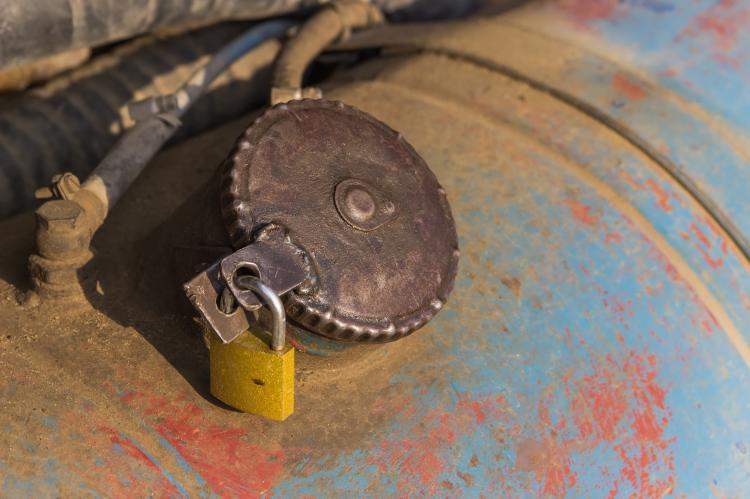Fuel Theft Continues Across the Global Pipeline Landscape

Penetrating a pipeline and attempting to remove its contents is an ongoing problem in the pipeline industry and its reach is worldwide, usually with horrific consequences for the perpetrators of the theft and resident populations in the area. Over the past few days alleged thieves tapped into pipelines in Mexico and South Africa, killing several people and causing untold damage to the local communities.
In South Africa, two people died and hundreds were forced to flee after a botched fuel attempt at an underground oil pipeline in Durban led to a fire and the subsequent destruction of businesses and an informal human settlement. In Mexico, one person was killed and over a dozen were injured when a pipeline of state oil firm Petroleos Mexicanos (Pemex) exploded in the central Mexican state of Puebla after it was breached by suspected fuel thieves, authorities said on Sunday. Pemex's Javier González said the tap apparently was installed on a property where officials found a tanker truck and 25 gas cylinders. Across the street is a gas distribution company.
Official reports indicate that as recently as March, Mexico was losing an average of 4,000 barrels a day of gasoline and diesel to such taps, which were sometimes guarded by local communities who saw them as a resource.
Yet the human cost has been high: fuel theft has led to a series of accidents in Mexico. Well over 100 people died due to an explosion triggered by an illegal pipeline tap in the neighboring state of Hidalgo in 2019.

